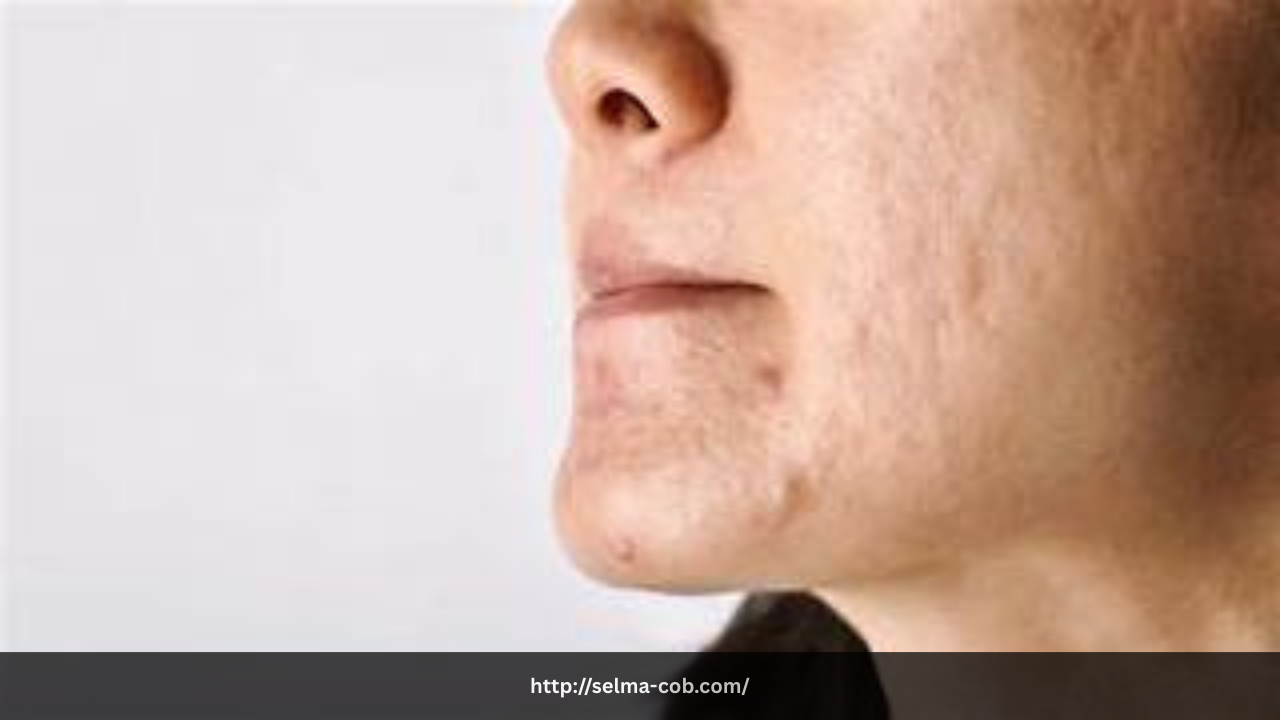The condition of your skin often reflects your overall health, and for individuals struggling with substance abuse, the effects on the complexion can be both drastic and alarming. Drug and alcohol abuse disrupts the body’s natural balance, damaging the skin from the inside out. Whether it’s premature aging, acne, sores, or discoloration, the toll that drugs take on your skin is a visible and often painful reminder of addiction’s reach.
Dehydration and Nutritional Deficiencies
One of the most immediate ways drugs affect the skin is through dehydration. Substances such as alcohol, cocaine, and methamphetamine act as diuretics, causing the body to lose vital fluids. This lack of hydration leads to dry, flaky skin that lacks luster and elasticity. Without proper hydration, the skin cannot perform its natural repair functions, making it prone to fine lines, wrinkles, and dullness.
In addition, substance abuse often leads to poor dietary habits and malnutrition. Essential nutrients like vitamins A, C, and E—key players in skin health—are depleted, weakening the skin’s natural barrier and increasing susceptibility to infections, irritation, and inflammation.
Acne, Sores, and Infections
Many drugs contribute to severe skin issues such as acne and sores. Methamphetamine, in particular, is infamous for causing users to pick obsessively at their skin, often due to a sensation known as “formication,” or the feeling of bugs crawling under the skin. This leads to open wounds, scabs, and long-term scarring.
Opiates and heroin can also cause intense itching and rashes. Users frequently scratch their skin, breaking the surface and increasing the risk of bacterial infections. Injections further complicate skin health, as repeated needle use can lead to abscesses, track marks, and tissue damage.
Discoloration and Skin Tone Changes
Chronic drug use can cause significant changes in skin tone and color. Alcohol, for instance, dilates blood vessels, resulting in a flushed or ruddy complexion. Over time, broken capillaries can appear, especially on the cheeks and nose, creating a permanent red or blotchy appearance.
Cocaine use is linked to vasoconstriction, which narrows blood vessels and restricts blood flow to the skin. This lack of circulation can cause a pale, ashen complexion and contribute to a sunken, hollow look. Long-term use may also lead to hyperpigmentation or uneven skin tone due to prolonged inflammation and stress on the skin.
Aging Before Your Time
Perhaps one of the most distressing consequences of substance abuse is how rapidly it accelerates the aging process. Repeated dehydration, poor nutrition, sleep deprivation, and constant stress break down collagen and elastin—the proteins responsible for youthful, firm skin. As a result, individuals often develop deep wrinkles, sagging skin, and a tired, worn-out appearance much earlier in life.
Conclusion
The effects of drugs and alcohol go far beyond internal health—they leave visible marks that alter how a person looks and feels. From acne and sores to premature aging and discoloration, the damage to your skin can be severe and lasting. The good news is that recovery can restore not only your health but also your complexion. With proper care, nutrition, and time, the skin can begin to heal, offering a visible sign of the transformation that comes with sobriety.
